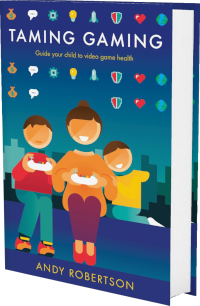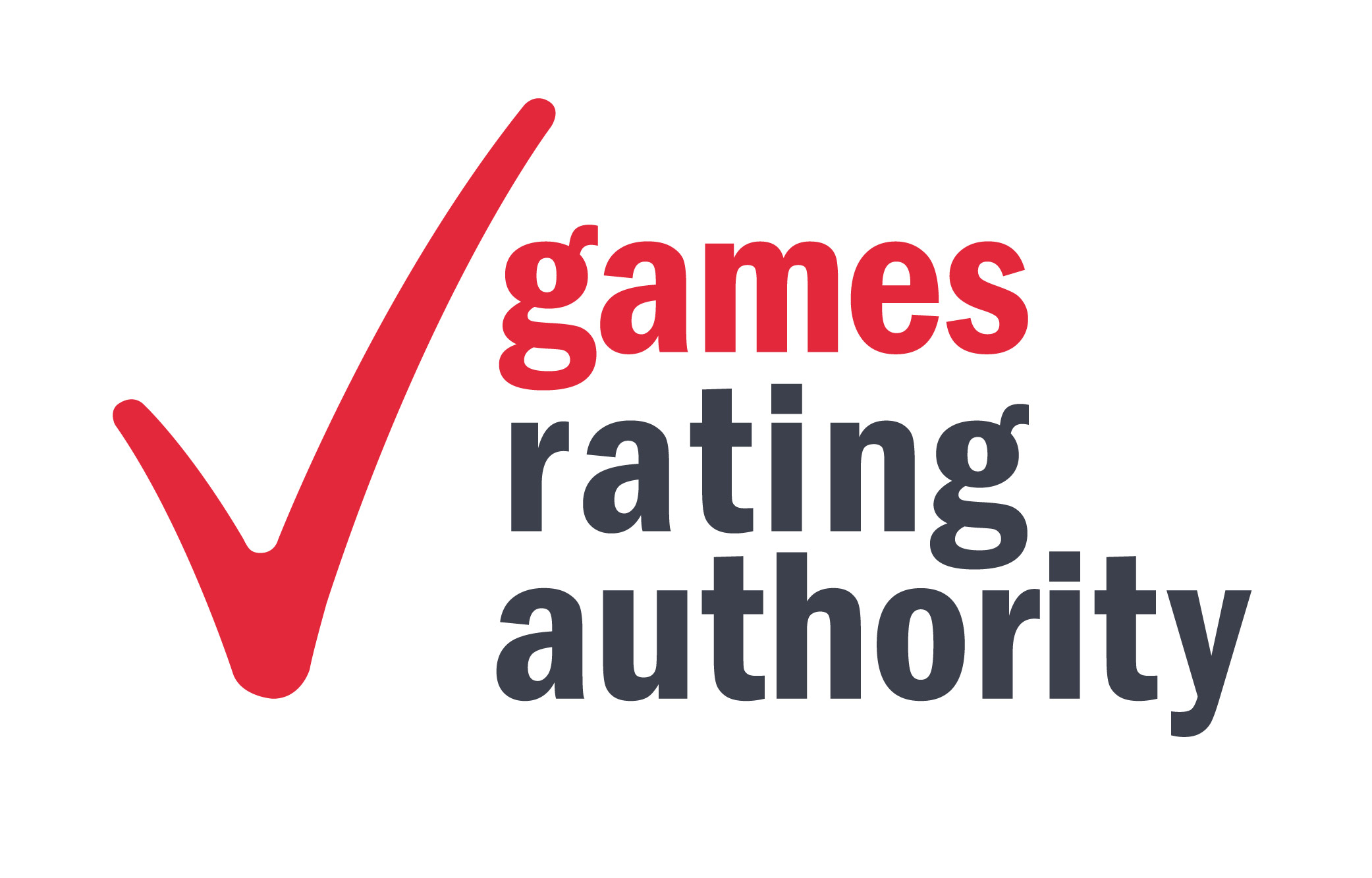 Android
Android iOS
iOS Mac
Mac Switch
Switch Wii
Wii Wii U
Wii U PC
PC PS4
PS4 PS5
PS5 Xbox One
Xbox One Xbox X|S
Xbox X|SPlease enter a valid email address
Please choose a platform
:
How does your child play this? Alone, with friends, with family? How did they discover it and what kept them coming back for more?
To verify your input please enter your email to create an account.
Email:
 Play Overview
Play Overview
Wildermyth (2021) is a medieval role-playing game about diverse heroes and themes. You take on evil in a number of stories, each with different heroes and settings. The focus is on the characters as much as their adventures, who are believable, diverse and fully fleshed out. Themes of friendship, family and acceptance are established as these adventures play out over the decades of our hero's lives.
Play involves selecting three characters, and then taking on tasks and missions. Between the action, you can spend time fortifying territories and building bridges across rivers. As you progress there are key decisions to make for your characters that affect the outcome of each story and the development of their relationship and personality. There are also randomly generated side-quests that can be attempted, that offer advantages and disadvantages to your abilities.
When you enter a battle, play switches to a turn-based grid system. Heroes are represented in paper cut-out style and take turns to move or attack. Along with the usual weapons and abilities, you can "interfuse" with objects to cause them to catch fire, throw out shrapnel or entwine enemies.
Wildermyth is most unusual for its character development. As you play you pick up different positive and negative traits as well as develop specific relationships with other characters. As you complete missions and progress, your heroes grow older. This not only affects their appearance and statistics but means they go through life changes.
Our examiner, Andy Robertson, first checked Wildermyth 2 years ago. It was re-examined by Jo Robertson and updated 9 months ago.
Play involves selecting three characters, and then taking on tasks and missions. Between the action, you can spend time fortifying territories and building bridges across rivers. As you progress there are key decisions to make for your characters that affect the outcome of each story and the development of their relationship and personality. There are also randomly generated side-quests that can be attempted, that offer advantages and disadvantages to your abilities.
When you enter a battle, play switches to a turn-based grid system. Heroes are represented in paper cut-out style and take turns to move or attack. Along with the usual weapons and abilities, you can "interfuse" with objects to cause them to catch fire, throw out shrapnel or entwine enemies.
Wildermyth is most unusual for its character development. As you play you pick up different positive and negative traits as well as develop specific relationships with other characters. As you complete missions and progress, your heroes grow older. This not only affects their appearance and statistics but means they go through life changes.
Our examiner, Andy Robertson, first checked Wildermyth 2 years ago. It was re-examined by Jo Robertson and updated 9 months ago.
There are lots of games similar to Wildermyth. Here are some we picked for you:
 Play Style
Play Style
 Duration
Duration
Play Time: It takes between 3 hours and 4 hours to play a round of this game. More time is required to try out different characters and revisit adventures. When you do, you can meet younger versions of characters you've developed on previous runs - an unusual and rewarding feature that encourages multiple play-throughs.
 Benefits
Benefits
 Age Ratings
Age Ratings
Skill Level
9+ year-olds usually have the required skill to enjoy this game. Children at elementary or primary school will enjoy the characters and adventure here. Combat is free of blood and this sticks to the family-friendly style. There is real substance here for youngsters to get lost in and enjoy like the Beast Quest books.
 Game Details
Game Details
Release Date: 15/06/2021
Out Now: PC
Skill Rating: 9+ year-olds
Players: 1
Genres: Adventure, Battle, Narrative (Collecting, Communication, Fighting and Role-Play)
Accessibility: 32 features
Components: 2D Overhead, Grid and Hand-Made
Developer: Wildermyth (@Wildermyth)
© 2024 Family Gaming Database













